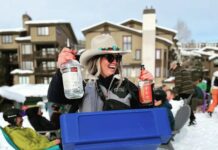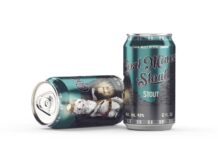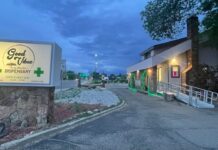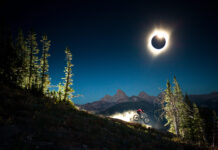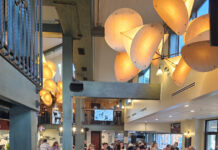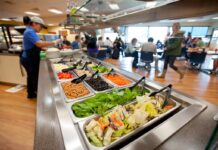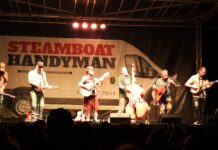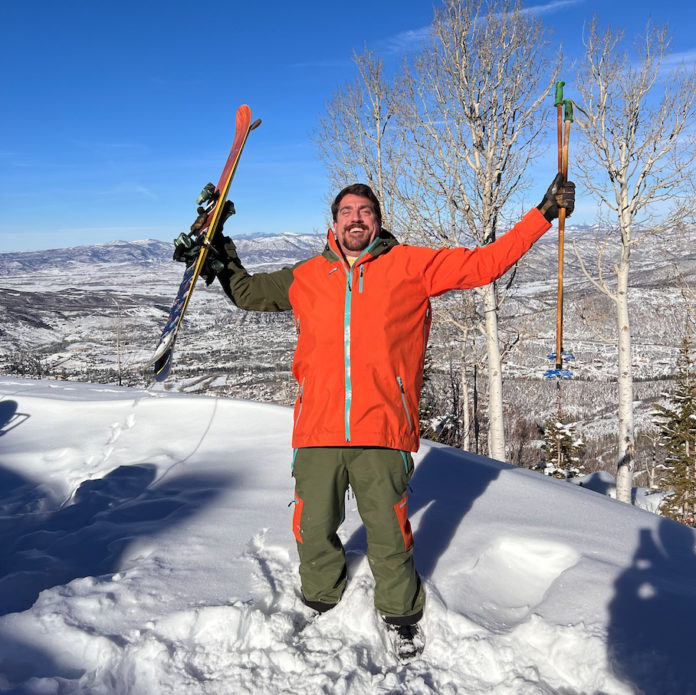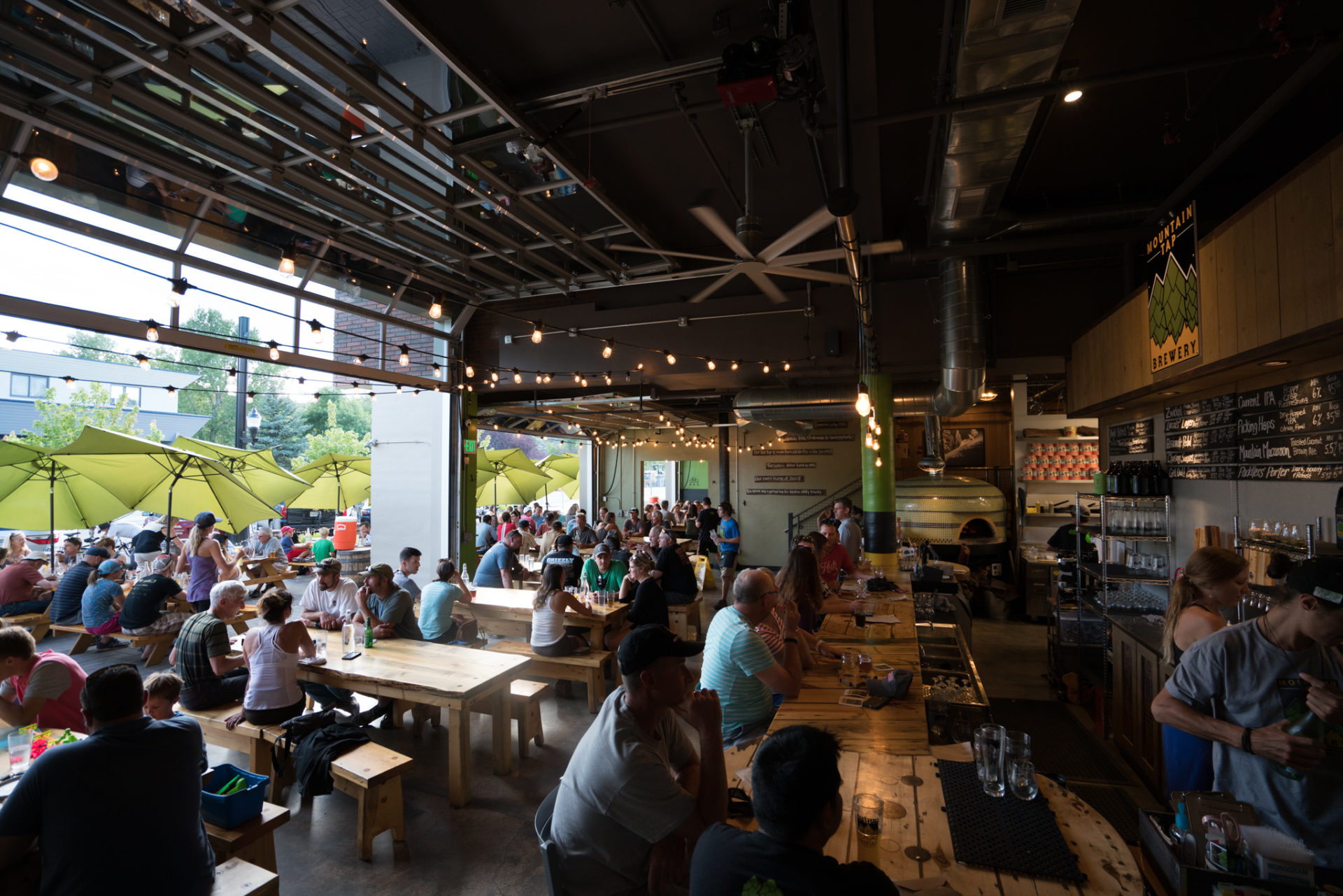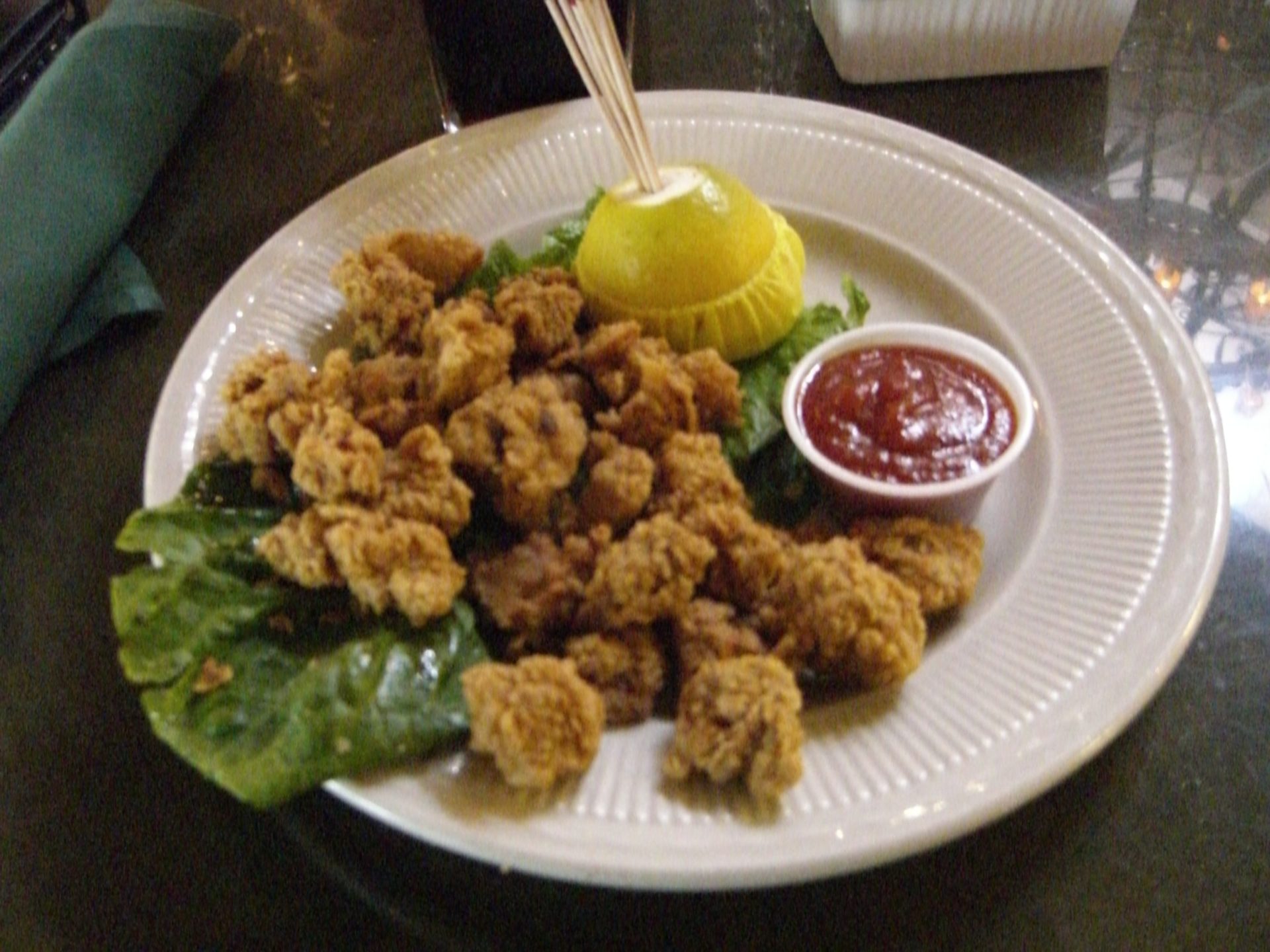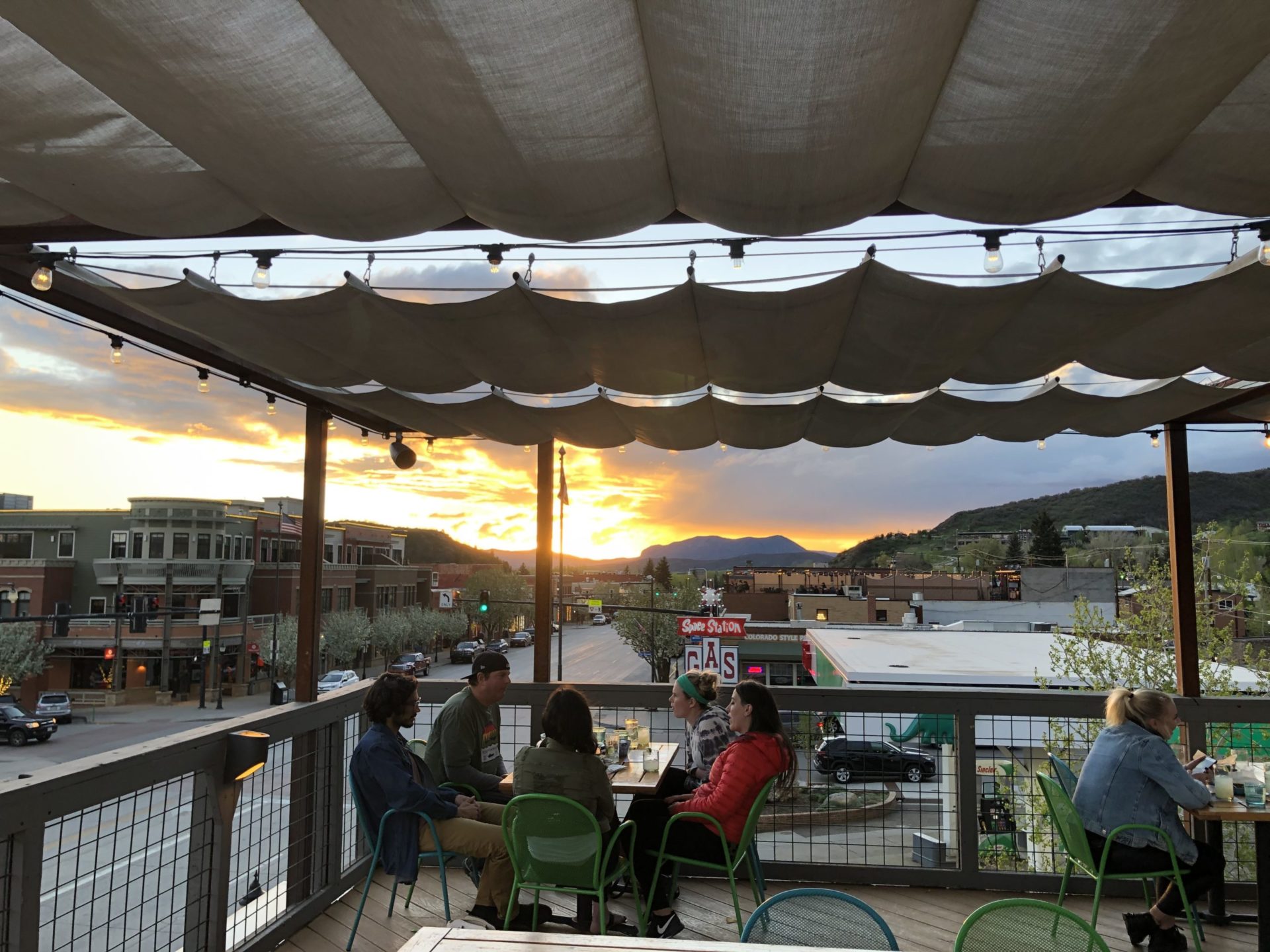A lot of jobs have their perks. Maybe free coffee, half-price burgers, or even a lenient powder clause. But perhaps none are as good as being a caretaker for the ski area’s lodges up on the mountain, whose biggest perk is getting to live in an apartment at the top of the gondola. Below, longtime lodge overseer (and master lift mechanic) Kevin Strickland comes clean on the position and the best bed in Steamboat.
Name: Kevin Scott Strickland (“Big K”)
Official Title: Lodge Caretaker/Master Lift Mechanic)
Background: I will have worked for SSRC for 16 years in November, 15 ½ with Lift Maintenance. For the past six years I’ve also been one of the caretakers for the Thunderhead building as well as Four Points and Rendezvous lodges.
Ski Background: I’ve been a skier since I was 4 years old. I grew up skiing in the mountains of North Carolina with the occasional trip to Snowshoe, Wintergreen, or Winterplace. I have tried snowboarding once in my life and decided that was enough falling.
How I Got Here: After getting home one night in North Carolina I decided I’d apply to be a lift operator, thinking I wouldn’t get it because I figured who wouldn’t want to live in a ski town. The next day they told me I was hired. So, a month later I loaded up what few possessions I had into my 1993 emerald green Buick Lesabre and headed west. I remember walking out of my hotel in Denver and looking out at the snowcapped Rocky Mountains and saying, “So that’s what real mountains look like.” After being a lift operator on Storm Peak, in 2006 a friend told me about a lift maintenance assistant job, which led me to becoming a master mechanic in 2011. I’ve also been caretaking the lodges since 2015.
The Caretaking Job: My roommate Jeff Kelley and I share the caretaking responsibilities. Our primary jobs are to record the 5 a.m. snow depth measurement at mid-mountain and the summit; and ensure the building is locked up properly at night, coolers are maintaining their proper temperatures, and that all restaurant appliances have been turned off for the evening. We also respond to any alarm calls at either Four Points or Rendezvous Lodge at any time of the night. We are also on call during night functions in case the gondola mechanic on duty needs assistance.
Apartment Stories: My first year there I was on a river trip and my roommate had left the kitchen window open at night and a bear came in and “cleaned the dishes” in the sink. At first, he thought I had come home early and was drunkenly throwing dishes around. He was a bit shocked to find that it was 200-pound bear in the house, but he managed to shoo it back out the window.
Another time I had a call at 2 a.m. of a cooler alarm at Rendezvous. When I got there, it was pitch black, but I could see water on the kitchen floor. At first, I thought the night janitors had just over-mopped. But using my cell phone for light, I could see ripples in the water. Still sleepy, I opened the cooler door to a wall of water being sprayed out by the fire suppression system. I was instantly soaked head to toe at 2 a.m. in the middle of winter. I ran downstairs and shut off the main valves and spent the next four hours cleaning it up. It was a chilly snowmobile back to the apartment.
Ski days: I typically ski between 40-60 days a year on average, although I could easily ski every day. Being a lift mechanic lets you ski everyday while doing your daily winter inspections of the lifts. Obviously on those big powder days the lifts need “extra inspections.”
Best Part: The best part of my job is the crew I get to work with. They’re some of the funniest, hard-working people I know — whether it’s splicing a haul rope, sitting atop a tower with 50-mph winds, or dealing with lodge emergencies in the middle of the night. Also, when opening Sundown for First Tracks, I’m up before the sun every day and get to see the most amazing sunrises while it’s quiet and no one’s around. Seeing those sunrises with nobody around is my personal “first tracks.”
Day in the Life Of: A typical day starts around 4:30 a.m. when I go record the snow depth. Around 6:20 I’ll leave the apartment and head to the bottom of my lifts, where I’ll turn on controls and check that everything is ready for the day. On the fixed-grip lifts I’ll “bump” the lift a few feet to make sure the sheaves, or tower wheels, are free from ice. Then I head to the top and do the same thing, before the operators show up. The rest of the day is filled with team meetings, testing, inspections and maintenance. My day ends around 6 p.m. before settling into my apartment up top.
Apartment Beta: It’s a small, two-bedroom apartment with a large living room kitchen combo. The living room has a large window facing due north. Living there in summer is vastly different than during the winter. It’s much quieter due to fewer overall people; in winter, from 10:30 a.m. to 2:30 p.m., all you hear are ski boots from the ski school lunch area above the apartment. The tradeoff is in summer it takes 30 minutes to get to town vs. the winter when it’s a quick snowmobile ride away. I try not to forget my wallet because it can be a long round trip.
Dating Life: Dating life is like anywhere else in town, except you can truthfully say your apartment has the best view in town.
On the Isolation: The longest I have gone not going into town was probably at the start of the pandemic, which was about 10 days.
On Getting Groceries: That’s one of the more challenging aspects of living here. During the summer it’s not an issue as you just drive up in your truck. But in the shoulder season when you can’t quite drive a truck to the top or snowmobile all the way down, you have to get creative. It goes like this: snowmobile down to the truck with grocery bags; drive to town and shop, packing into as few bags as you can without crushing your bread and eggs; and drive back up as far as possible and transfer to the snowmobile. The last part is where you must get creative. The best I’ve managed is five full bags, which is one in the basket of the sled, two held in by my feet on the running boards, and two in my lap. All this while driving up Vagabond or the road, usually with one hand because the other is holding the bags in your lap.
Bumps
The most challenging aspect of being a ski lift mechanic by far is staying safe. These machines that we work on are full of heavy moving machinery with high pressure. For example, the tension systems which keep the rope from sagging to much between towers have forces in the 10 of thousands of psi. the Haul Ropes themselves weigh between 4 and 12 pounds per foot. While that might not sound like a lot the Gondola Haul rope is approximately 18000 feet long! Another example is during the summer tower work I’m usually standing on a one- or two-inch bar 30-90 feet off the ground lifting a 30-to-70-pound sheave into position on the tower. Tower work is unforgiving if you make a mistake and so you must constantly be thinking about safety.

